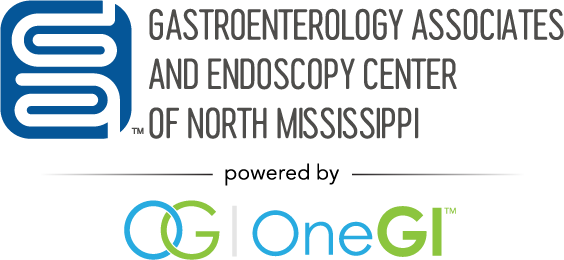Upper Endoscopy Procedure
Address
825 W. Monroe Street #2 Grenada, MS 38901
Hours of Operation:
Monday: 8:00am – 5:00pm
Tuesday: 8:00am – 5:00pm
Wednesday: 8:00am – 5:00pm
Thursday: 8:00am – 5:00pm
Friday: 8:00am – 5:00pm
Gastroenterology Associates of North
Mississippi, PA
1208 Office Park Drive
Oxford, MS 38655
Main Number: (662)234-9888 or Toll Free: (800)489-0988
Main Fax: (662) 281-8927
Main Fax: (662) 281-8927
Oxford Annex
1210 Office Park Drive
Oxford, MS 38655
Main Number: (662)234-9888 or Toll Free: (800)489-0988
Grenada Office
825 W. Monroe Street #2
Grenada, MS 38901
Main Number: (662) 294-9888
Main Number: (662) 294-9888
Hours of Operation:
New Albany Office
Multi-Specialty Clinic on the 5th floor of
Baptist Memorial Hospital – Union County
200 Hwy 30 W
New Albany, MS 38652
Main Number: (662) 234-9888
Main Number: (662) 234-9888
Hours of Operation:
Please contact us for our New Albany, MS office days and hours of operation at (662) 234-9888.
UPPER ENDOSCOPY PROCEDURE
You will be given a sedative to help you relax. The staff will ask you to lie on your side and the physician will pass the endoscope through your mouth. With the use of the endoscope, the physician will view the esophagus, stomach and duodenum areas. This procedure is considered only the slightest bit uncomfortable. Often, many patients sleep through the procedure.
Endoscopy Center of North Mississippi
1206 Office Park Drive
Oxford, MS 38655


